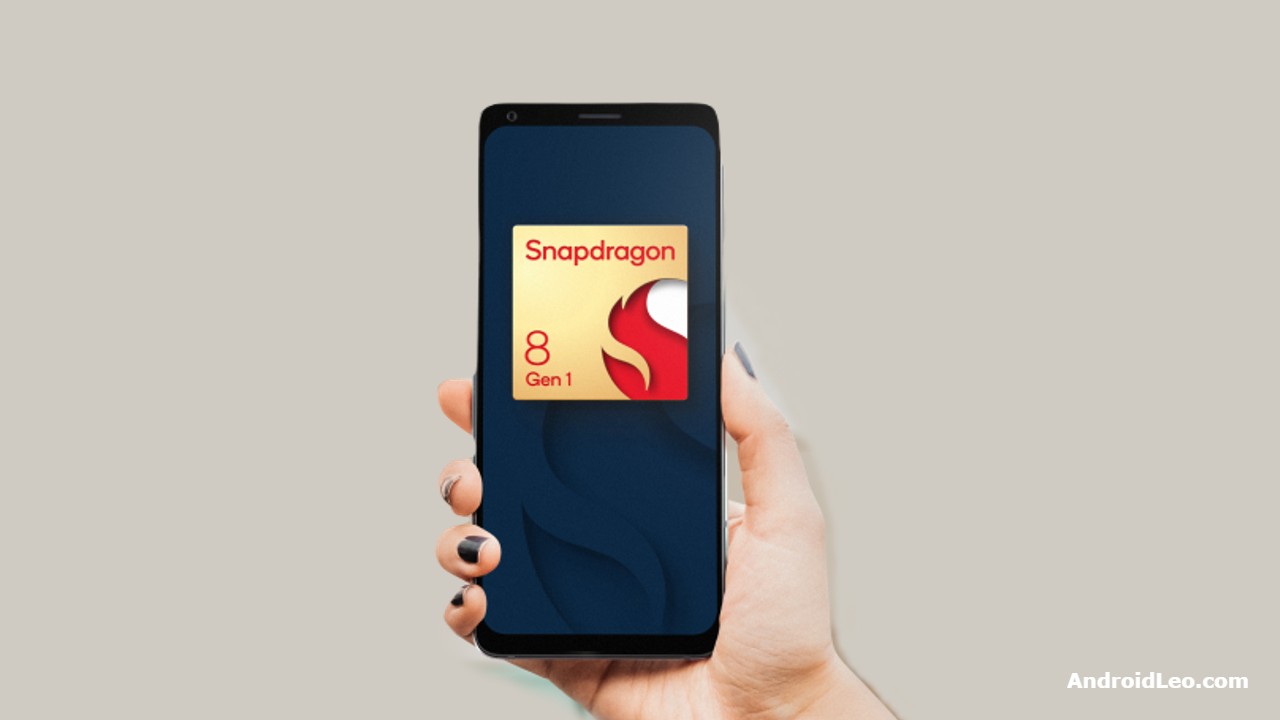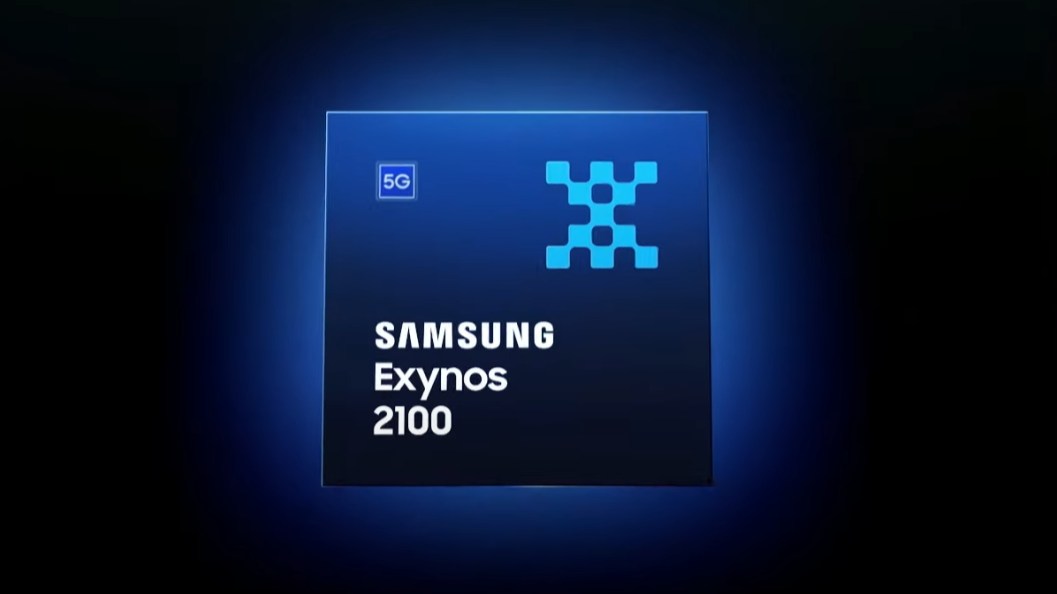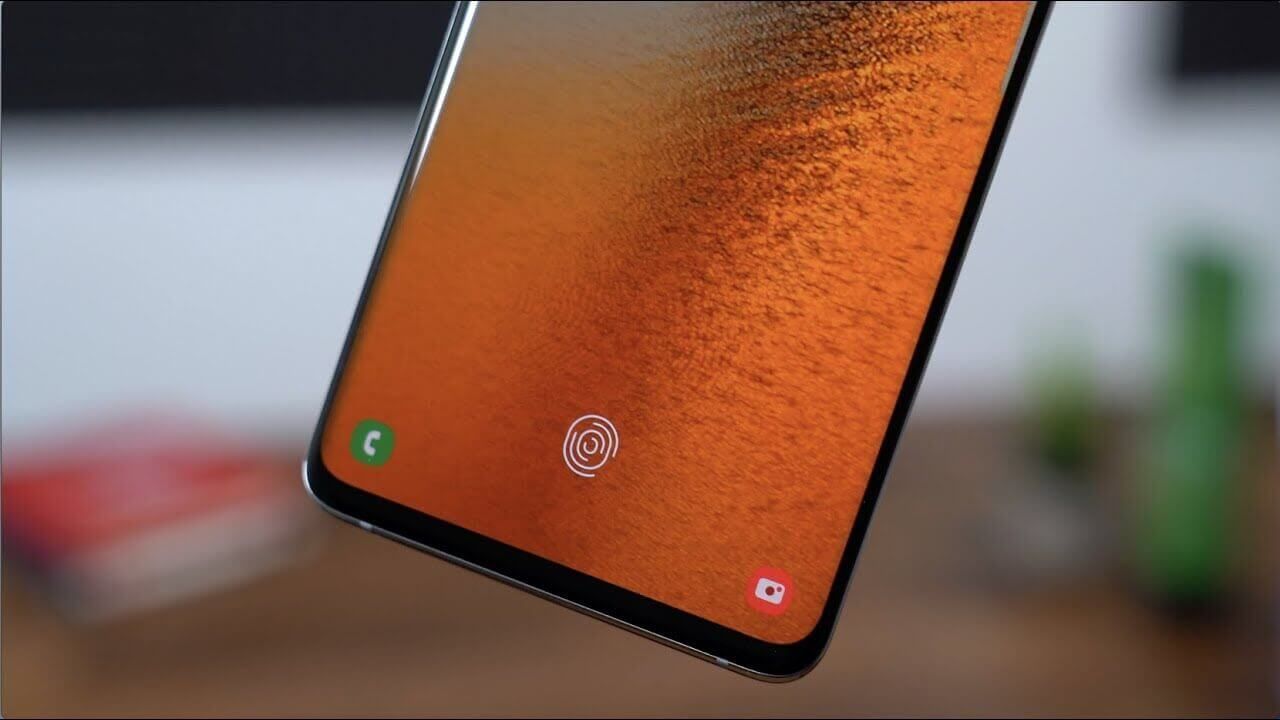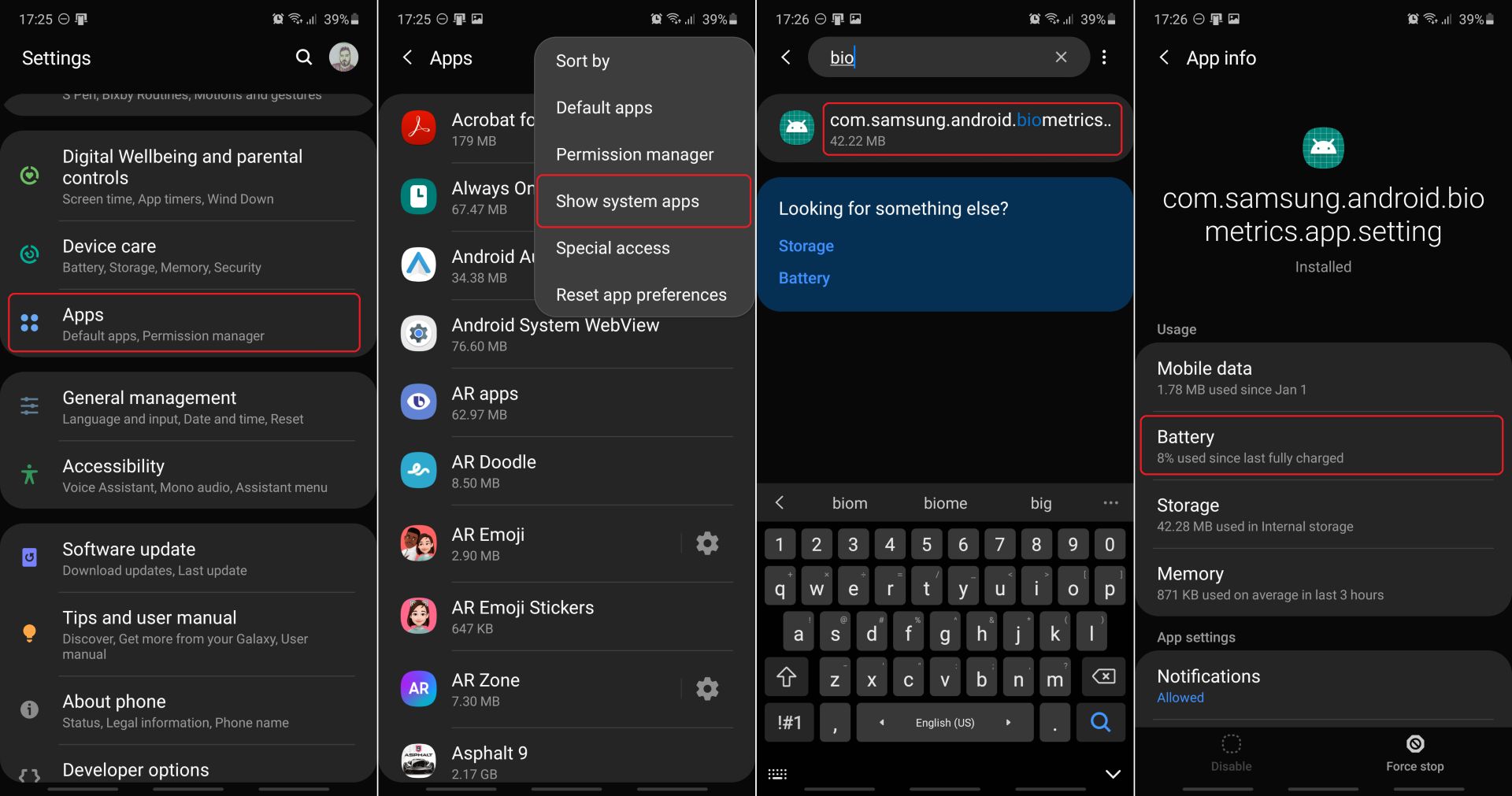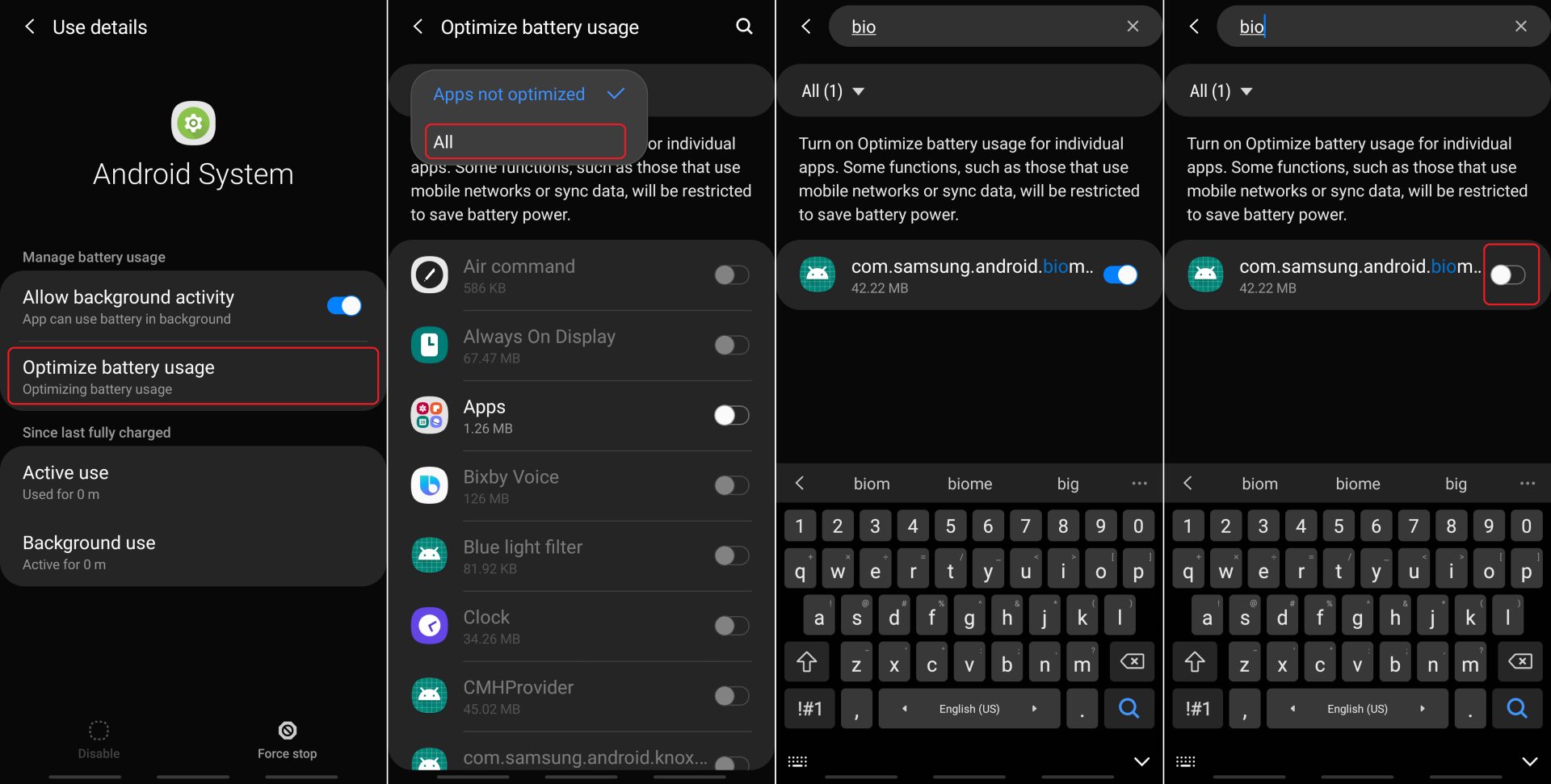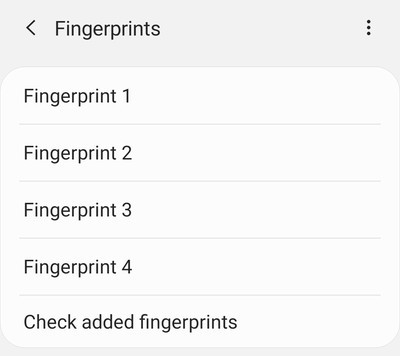Samsung has recently unveiled its Exynos 2200 chipset, it is a processor running on 4mm technology which is designed keeping in mind the premium Galaxy smartphone, also a few months ago Qualcomm launched its flagship SoC, the Snapdragon 8 Gen 1, Which we will be able to see in almost all flagship phones of the year 2022. Both these CPU generate a fight in which both are built on 4mm technology, the performance of both is very good, there is not much difference between the two. In this article, we will know the comparison of these processors and their specification in detail.
First look at Samsung’s Exynos 2200, the chipset integrates three clusters of processor cores with different architectures. it includes one flagship Arm Cortex-X2 core, that deliver top performance, another four power efficient ARM Cortex-A510 cores, and three efficiency balanced ARM Cortex-A710 cores in the 3rd cluster. All of these ARM cores are based on the latest Armv9 architecture. Now comes to the second SoC the Snapdragon 8 Gen 1 SoC has ARM CPU cores in the 1+3+4 arrangement, this chip has one performance core based on ARM Cortex-X2 which clocked at up to 3GHz, three efficiency balanced cores based on ARM Cortex-A710 which clocked at 2.5GHz, and ultimately, four energy saving cores based on ARM Cortex-A510 clocked at 1.8GHz.
The second main part is related to the graphics performance, now let’s see their GPU here. According to Samsung, Exynos 2200 is the first system-on-a-chip to featured an AMD RDNA 2 GPU architecture along with Samsung’s Xclipse 920 graphics. while Snapdragon 8 Gen 1 is equipped an Adreno 730 graphics unit. (source)
Talking about other specifications, 200 megapixel camera has been supported in both. Here the video recording in the Exynos 2200 can be shot at 60 frames per second in 8K resolution, while the snapdragon can record 8K video at 30 frames per second. Both processors support 5G connectivity, but the Snapdragon 8 Gen 1 has a maximum downloading speed of 10GB per second, while the Samsung’s Exynos has a maximum downloading speed of 7.35GB per second.
Snapdragon 8 Gen 1 vs Exynos 2200 Processor
In addition, there are many similarities between both the chipsets. In some places Exynos is better and in some places the Snapdragon. where there is a tough competition between the two. A comparison cable of both is given below in which you can easily compare the specifications.
| Specs | Exynos 2200 | Snapdragon 8 Gen 1 |
|---|---|---|
| CPU Core | Octa-core CPU | Kryo 585, Octa-core CPU |
| CPU Architecture | 1 (Cortex-X2) 3 (Cortex A710) 4 (Cortex A510) | 1x 3GHz (Cortex X2) 3x 2.5GHz (Cortex A710) 4x 1.8GHz (Cortex A510) |
| CPU Clock Speed | Up to 2.9GHz | Up to 3GHz |
| Process Technology | 4nm EUV | 4nm |
| GPU | Xclipse 920 GPU | Adreno 730 |
| DSP/AI | dual-core NPU | Hexagon |
| ISP | Yes, not named | Snapdragon Sight |
| RAM | LPDDR5 | LPDDR5 |
| Camera Capability | Up to 200MP | Up to 200MP |
| Video Capability | 8K @ 60fps or 4K UHD @ 240fps | 8K @ 30 FPS, 4K UHD @ 120FPS, 720p @ 960 FPS |
| Charging | Adaptive Fast Charging | Quick Charge 5 Quick Charge AI |
| WiFi Support | Wi-Fi 6-ready | Wi-Fi 6E |
| Modem | Exynos 5G Modem 5G Sub-6GHz 5.1Gbps (Peak Download) /2.55 Gbps (Peak Upload) | Snapdragon X65 5G Modem 10 Gbps Peak Download |
Also Read : list of smartphones with Snapdragon 8 Gen 1
